The 2024 International Building Code has a major revision that impacts temporary structures. It allows them to remain in place for up to 365 days. Any building or structure that is erected for one year or less that serves as an Assembly occupancy or other public use will be classified as a Public-Occupancy Temporary Structure (POTS).
POTS complying with IBC Section 3103 Temporary Structures have new criteria. Section 3103.1.1 allows for the new extension of service based on several conditions that include having the installation inspected by a qualified person at intervals of no more than 180 days.
It also provides a reduction in loading for the various natural hazards from the full loads in ASCE 7 when controlled-occupancy procedures are in place. Flood and tsunami loads are not a requirement. Ground snow loads and wind loads are reduced to 65%. In hurricane-prone regions, there is a new Table 3012.6.1.2 to be used with given Risk Categories. In Seismic Design Categories (SDC) C through F, seismic loads can be reduced to 75%. In SDC A and B, seismic loads are not required to be applied. Ice loads can be determined using a maximum thickness of ½ inch for all Risk Categories. Where ice loads are not expected, such loading need not be considered unless the install schedule extends into such times.
2025 ICC Group B Proposals
IBC S179-25 proposes “One of the most egregious code changes I’ve ever seen,” says code consultant Paul Armstrong, P.E., CBO. It proposes that the code section 3103.6.1.3 regarding flood loads that currently states that temporary structures need not be designed for flood loads be deleted and revised to state, “Temporary structures shall not be located in floodways and coastal high hazard areas. Temporary structures located in flood hazard areas other than floodways and coastal high hazard areas shall comply with section 1612.”
“This is effectively a ban on all temporary structures located within what they say is a very narrow flood region,” says Armstrong. “They have not identified the exact regions, but they say FEMA has flood maps that identify these areas. However, there are a lot of applications for temporary structures in these areas.
“It is a shocking code change to me and one that is way out of line,” he continues. “It includes all sorts of things beyond tents—staging, lighting, bounce houses. It would also include golf courses alongside rivers or near coasts. Even FEMA itself uses temporary structures, so it causes them to not actually be able to install temporary structures in response to natural disasters of various kinds.”
Armstrong encourages industry members to reach out to any fire or building officials they may know and make sure they are aware of everything that is wrong with this proposed code change. Groups that use temporary structures also need to be educated so they can speak out about the potential impacts of this code change.
The Advanced Textiles Association will continue to closely monitor these and other potential code changes that may impact the industry. For additional information or to find out how you can get involved, visit tent.textiles.org/code-fire-info.








Leave A Comment